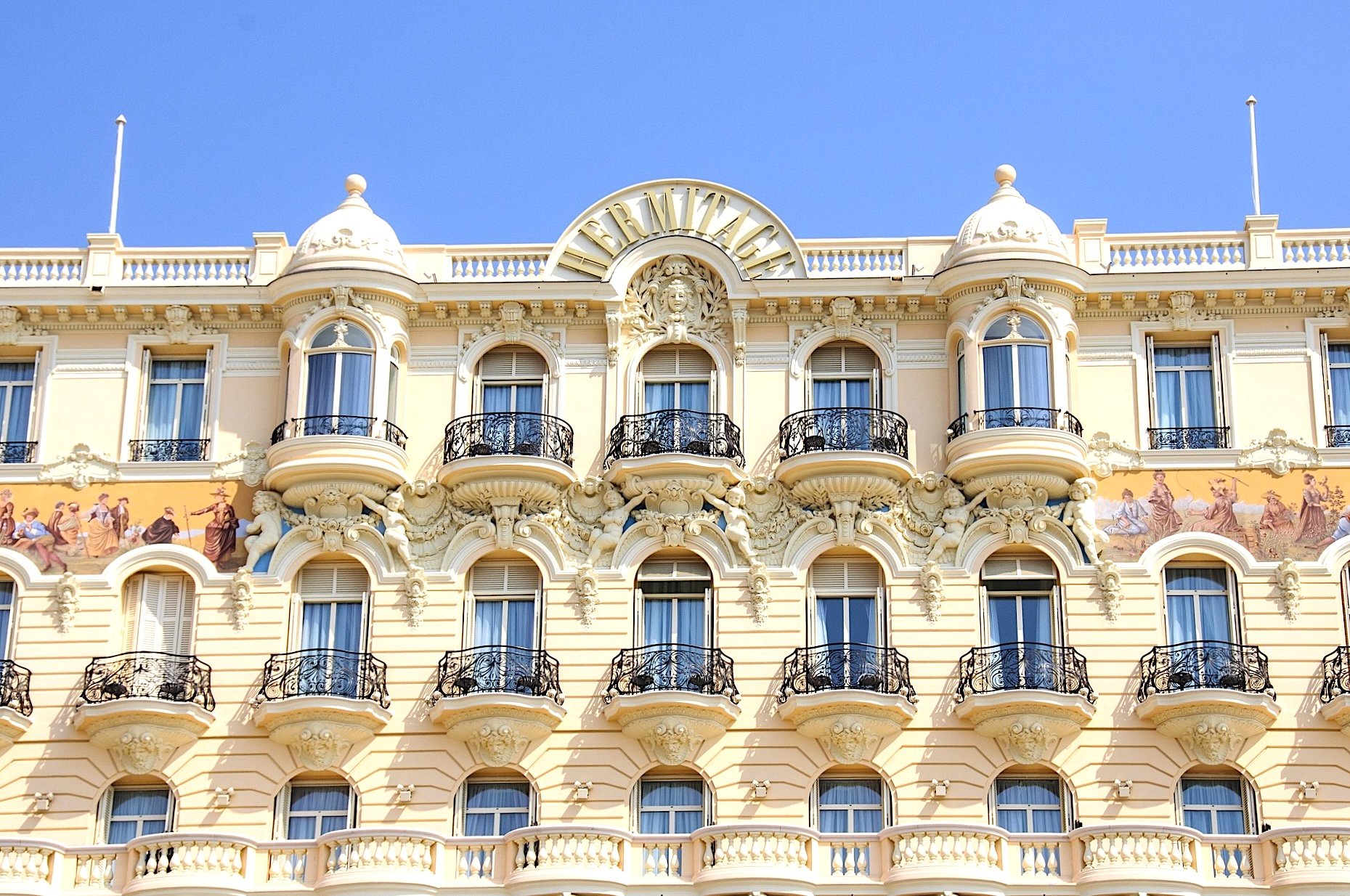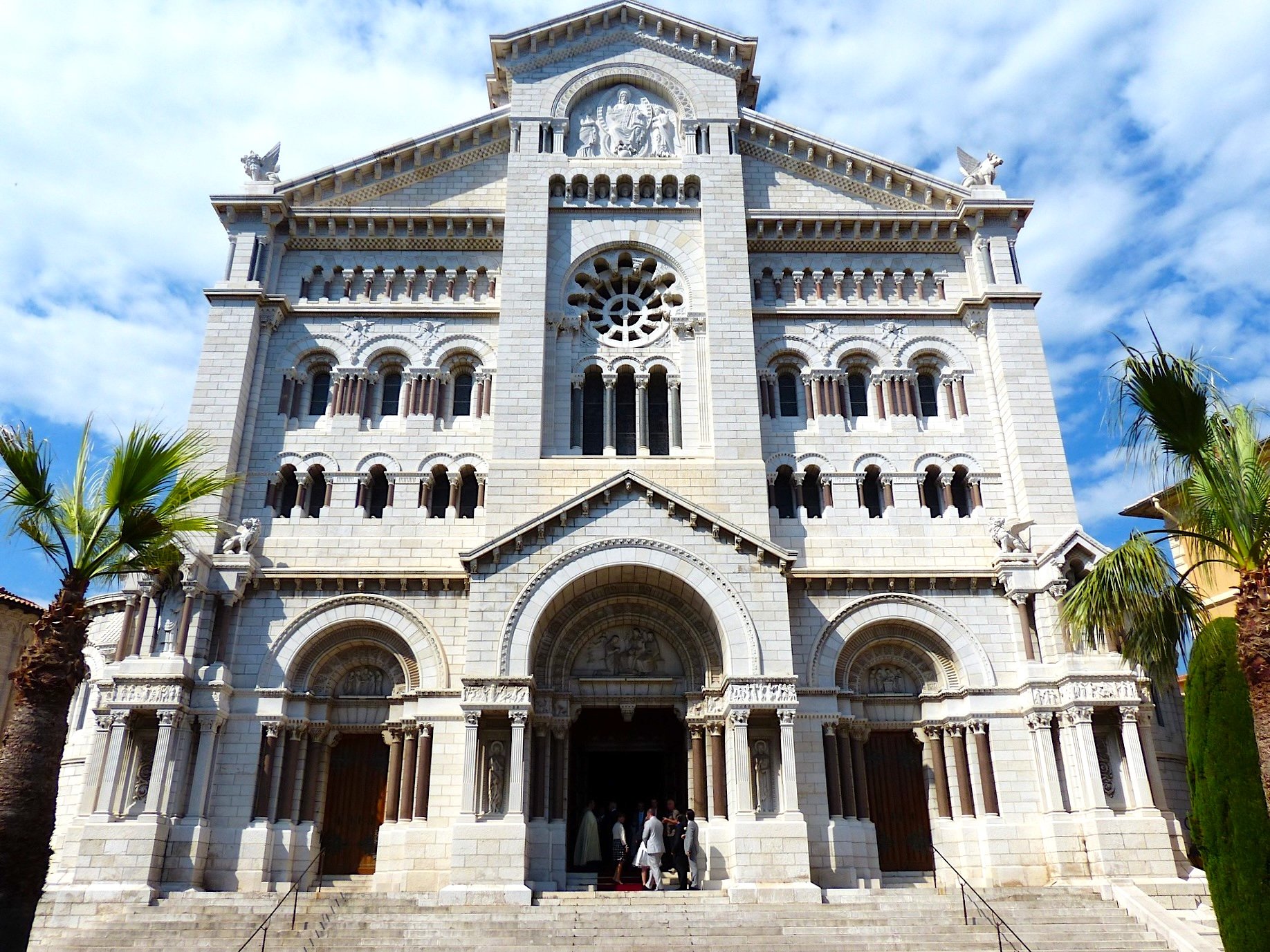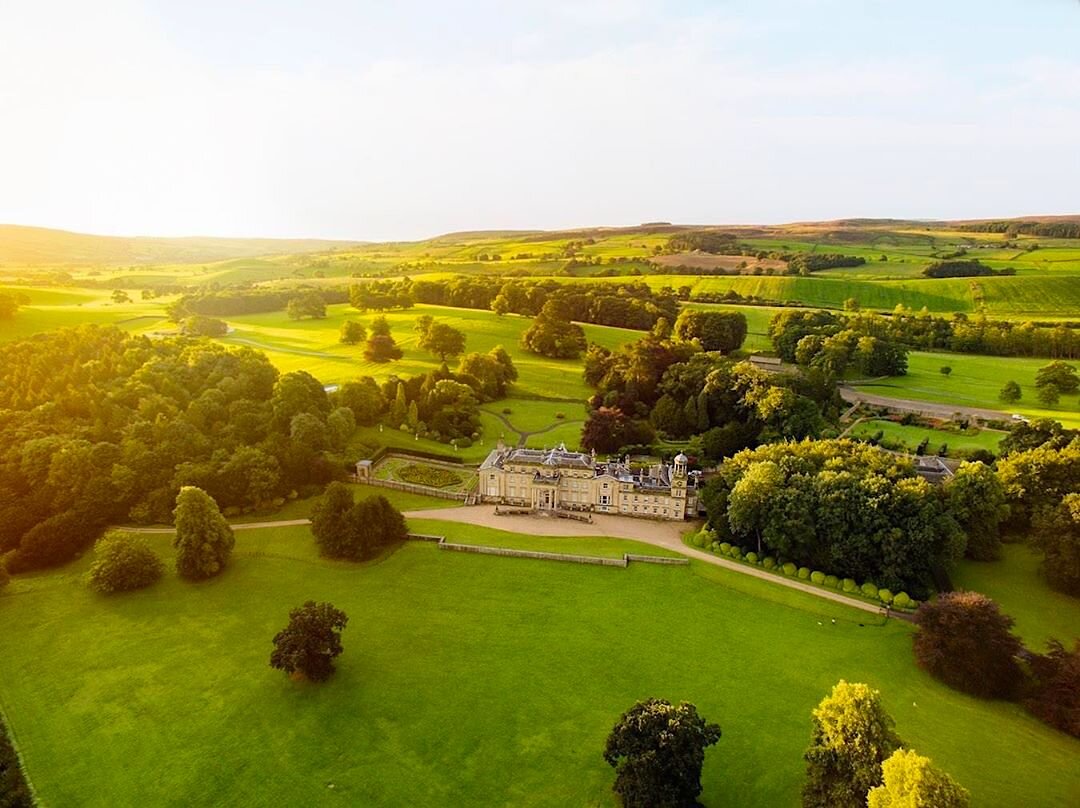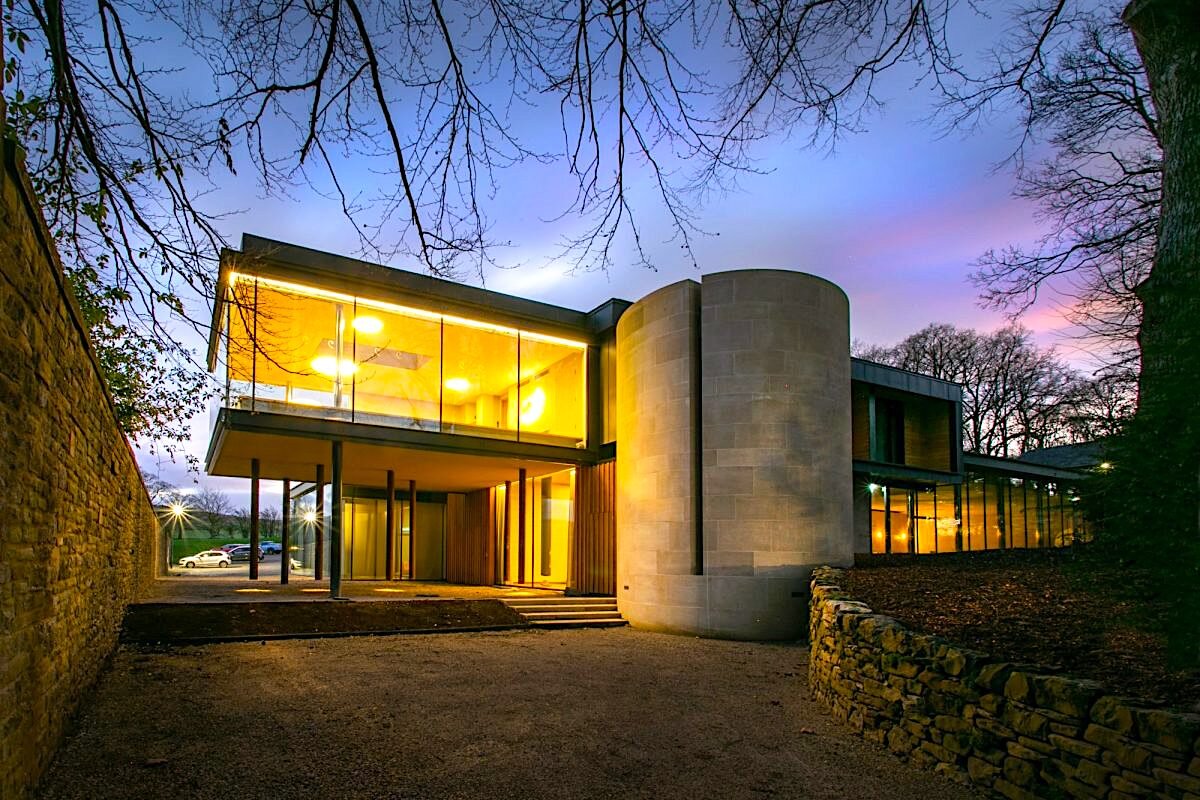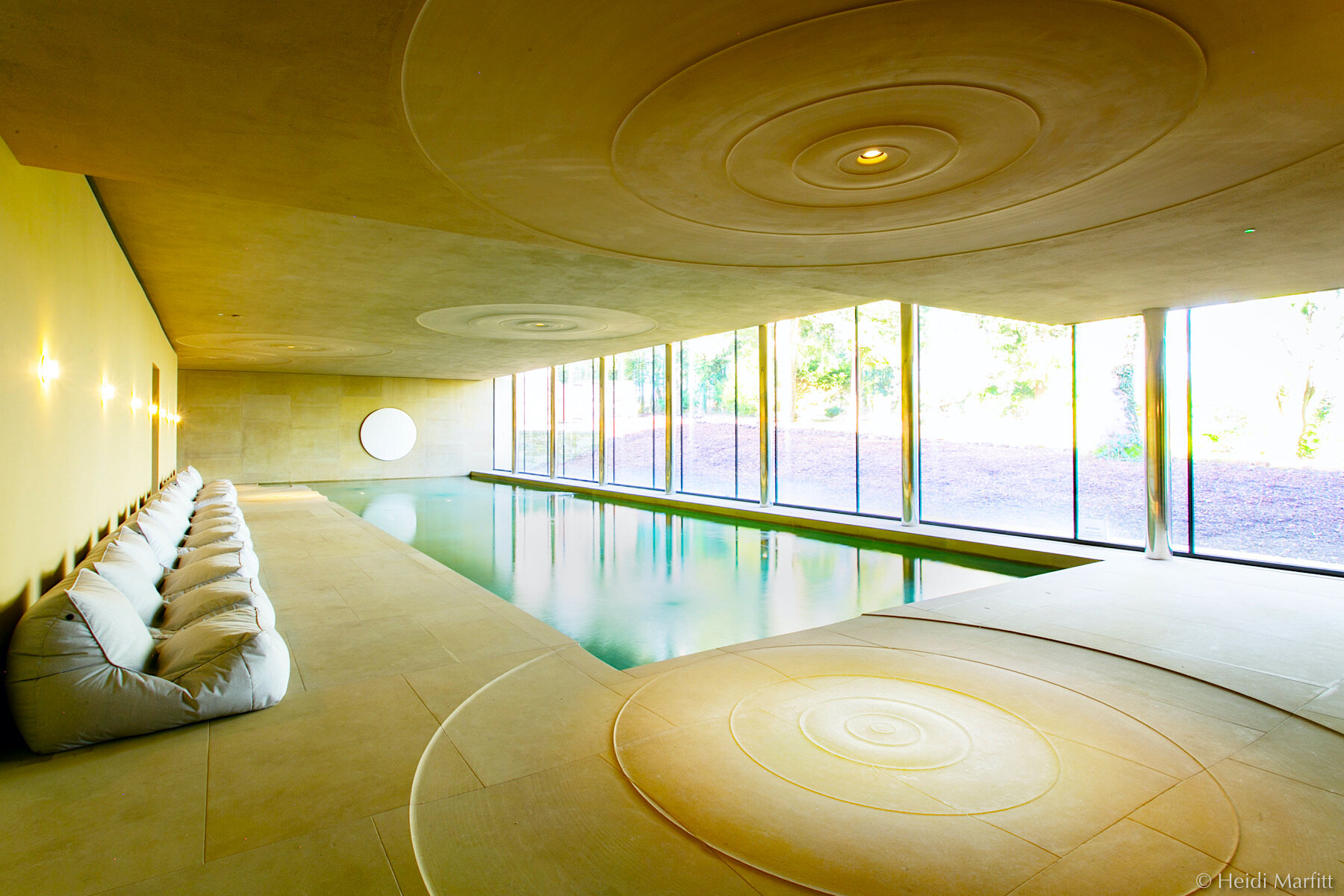Monaco is a fascinating place to explore the blend between historic architecture and recent modern pieces. With a landscape made up of rocky cliff sides, hills, and a slender coastline within a geographically small terrain, Monaco is capable of embracing their history as well as modern trends in the buildings that reside there.
Monaco’s oldest buildings were influenced by mostly French, Italian, and Spanish characteristics due to its placement in the South East of France. One of the most significant periods of time influencing early Monaco architecture was the Belle Époque period taking place roughly between 1871 - 1914. This period was characterized by their trend in peace, prosperity, incorporating art creativity and optimism. As suggested through its name, it was called the “beautiful era”, focusing on creating beauty and elegance.
A particular building expressing this era would be the Monte Carlo Casino. It applies Art Nouveau characteristics, a style very popular during this time, showcasing curved lines, asymmetry, movement, and naturistic elements such as flowers and plants. The stunning interior contains sculptures, stone carvings, gilded ceilings, skylights, grand chandeliers, paintings, a marble and gold atrium, as well as stained-glass illustrating the history of the Grimaldi’s. Built roughly around 1865, the Casino symbolizes extravagance and luxurious comfort.
Another building reflecting this period is the Hôtel Hermitage Monte Carlo. The Hôtel Hermitage located in the heart of Monaco, was inspired by the Prince of Monaco’s Palace. It embraces a palace style Belle Époque with elegant features and a luxurious structure. Other characteristics making up the Hôtel Hermitage are pastel tones, a fountain, and a glass conservatory in the Winter Garden designed by Gustave Eiffel. In the dining room, named the “Salle Belle Époque” and designed by Gabriel Ferrier, there are pink marble columns, a grand ceiling with paintings and a terrace overlooking the Port of Monaco.
Italian and Spanish influences are seen through the Capriccio movement, involving incorporating dreamlike interpretations of landscape and buildings. This is seen in Monaco through the mix of modern and old structures in harmony where an architectural fantasy is created. Details involving this movement could be caryatids, terraces, and coloured turrets. The intention was to create a romanticized location by combining real structures with fantasy elements as shown in Capriccio paintings. This gave buildings such as the Monte Carlo Casino a more unreal and daydream vision.
Monaco also incorporates Mediterranean influences as seen through the terracotta tiles, marble, public squares, and abundance of balconies in the Principality. Renaissance-era styles are seen in the Prince’s Palace throughout the many rooms and wings. These elements hide the previous brute fortifications of the palace that were necessary during its original construction; however, the back of the palace still showcases the medieval structuring. Many rooms and halls were also inspired by those at the Palace of Versailles, such as the Mirror Gallery taking inspiration from the Hall of Mirrors at Versailles. In terms of Renaissance influence, the Monte-Carlo Casino possesses a room called “Salle Renaissance”. It is one of the oldest rooms in Casino and is particularly interesting because of its distinct Renaissance architecture blending in with the current modern lifestyle.
Lately, Monaco has been adding ultra-modern architectural designs in their apartments and skyscrapers, which can be recognized through the use of glass to create a more futuristic style and utilizing high-tech materials. A good example of this is the Odeon Tower, standing at 170 metres making it the tallest building in Monaco. Its most identifiable feature is the way it is entirely covered in glass windows, allowing large amounts of sunlight in. It is vastly different from the surrounding structures that exhibit more historic architecture, and yet, it fits into Monaco’s landscape seamlessly.
With the limited physical space, Monaco has incorporated many important structures into its home. The mix of architecture is incredible to explore and discover, while learning about the history behind it. New projects currently under construction develop a nice blend between the modern world and the eras that created the Monaco existing today. Each building gives insight into an important period of time, carrying its weight and significance to today’s world.
Author: Nicole Pyszynski
International University of Monaco
LinkedIn

